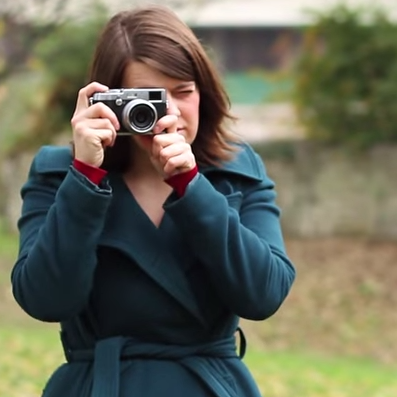Sony A6600 review
Sony’s top-line APS-C mirrorless camera boasts many great features for the enthusiast photographer

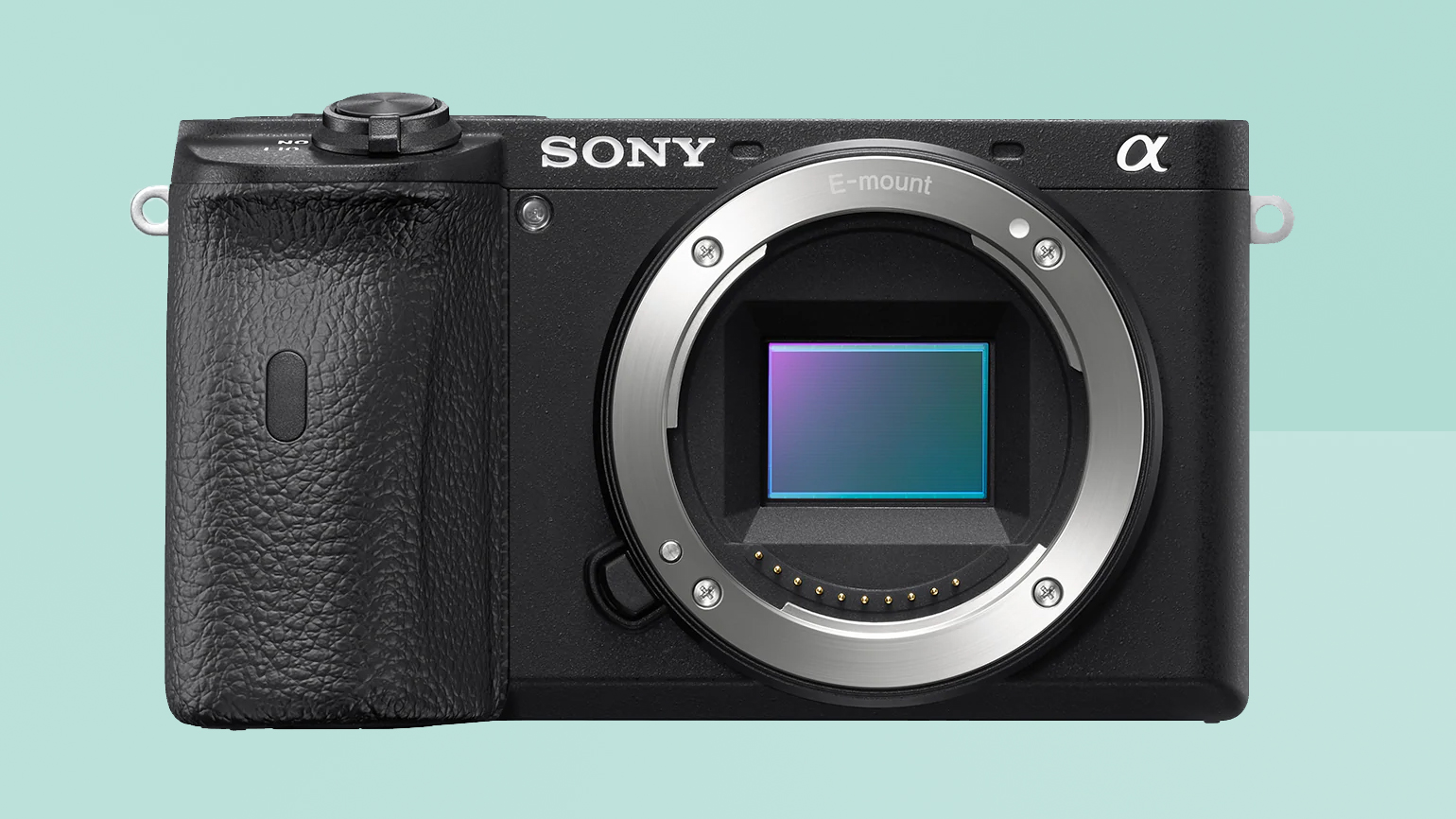
There’s a lot of great features in this all-round model from Sony. It’s packed with fantastic technology which enables you to capture subjects in a variety of different scenarios. However, the body design lacks imagination and can even be frustrating to use at times.
-
+
Fantastic autofocusing
-
+
Superior battery life
-
+
Good Sony ecosystem boasting lots of lenses and accessories
-
-
Body design could be better
-
-
Limited touchscreen functionality
-
-
Sensor smaller than full-frame
Why you can trust T3
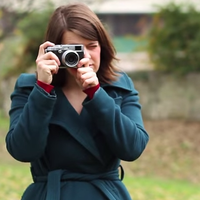
The A6600 sits at the top of Sony’s line-up of APS-C sensor cameras. That means the sensor inside it isn’t as large as those found in its A7/A9 series cameras, but it means that the overall body size can be much smaller - making it a good compromise for those who want to save money, as well as those who want to travel lighter.
A follow-up to the A6400, many of the core specifications of the A6600 remain in place - including the 24.2 megapixel sensor. However, there have been some good tweaks made to make it a good all-rounder capable of performing well in a range of scenarios.
With a vast amount of competition in this sector of the market, Sony has thrown everything it knows at the A6600, and now even some 18 months after its release, it’s still arguably the one to beat in the APS-C category.
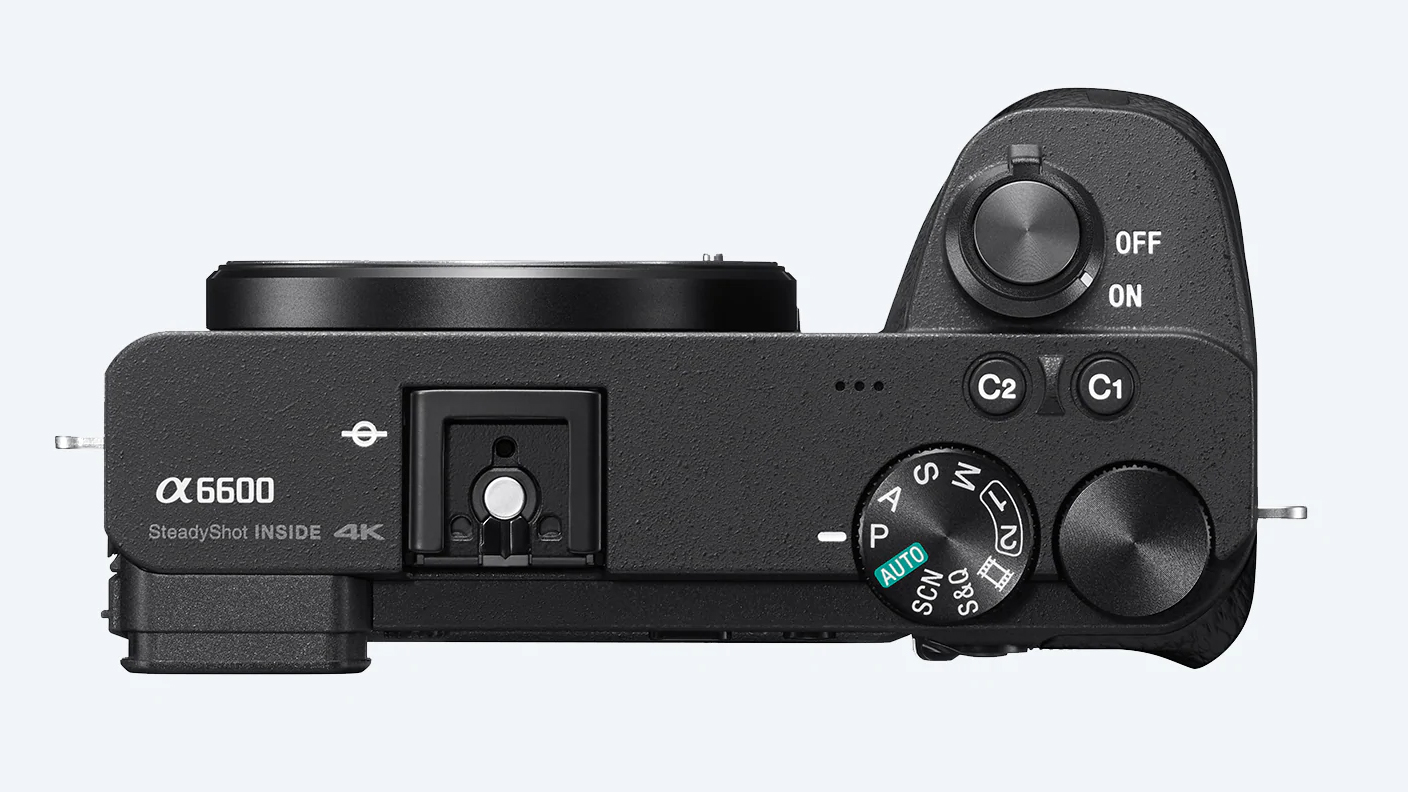
Sony A6600 Review: Design and Handling
Sony has pretty much kept to the same form factor and design for the A6600 as with its predecessor, the A6400. That means you get a flat-ish design which some will like, and some will have the opposite feeling towards.
Unlike DSLR/conventional style cameras, the viewfinder of a camera like this is found over to the left hand side of the camera. On the plus side, the grip is fairly chunky and feels comfortable to hold. It also houses a large battery which provides a decent battery life - something which you don’t always get from mirrorless options.
There’s a decent selection of dials and buttons across the body, which give you good access to key settings and controls. The buttons themselves are a little on the small side, and also seem to be a little packed in on the body. There’s also no joystick for quickly changing AF point or navigating menus, which is a shame considering the price of the A6600.
Considering Sony has access to some of the world’s best screen technology, that which is found on the a6600 could stand to be a little better. With a 16:9 ratio which doesn’t match the native aspect ratio of the sensor there’s a lot of wasted space on either side of the composition / playback image. Touch-sensitivity has also not been fully integrated - a common complaint we have for Sony models. On the plus side, it does tilt up and down to make composition from awkward angles easier. You can also position it to face forwards, which comes in handy for vlogging and selfies.
Get all the latest news, reviews, deals and buying guides on gorgeous tech, home and active products from the T3 experts
The accompanying viewfinder, also the same as found on the a6400 is serviceable, but again nothing to write home about.
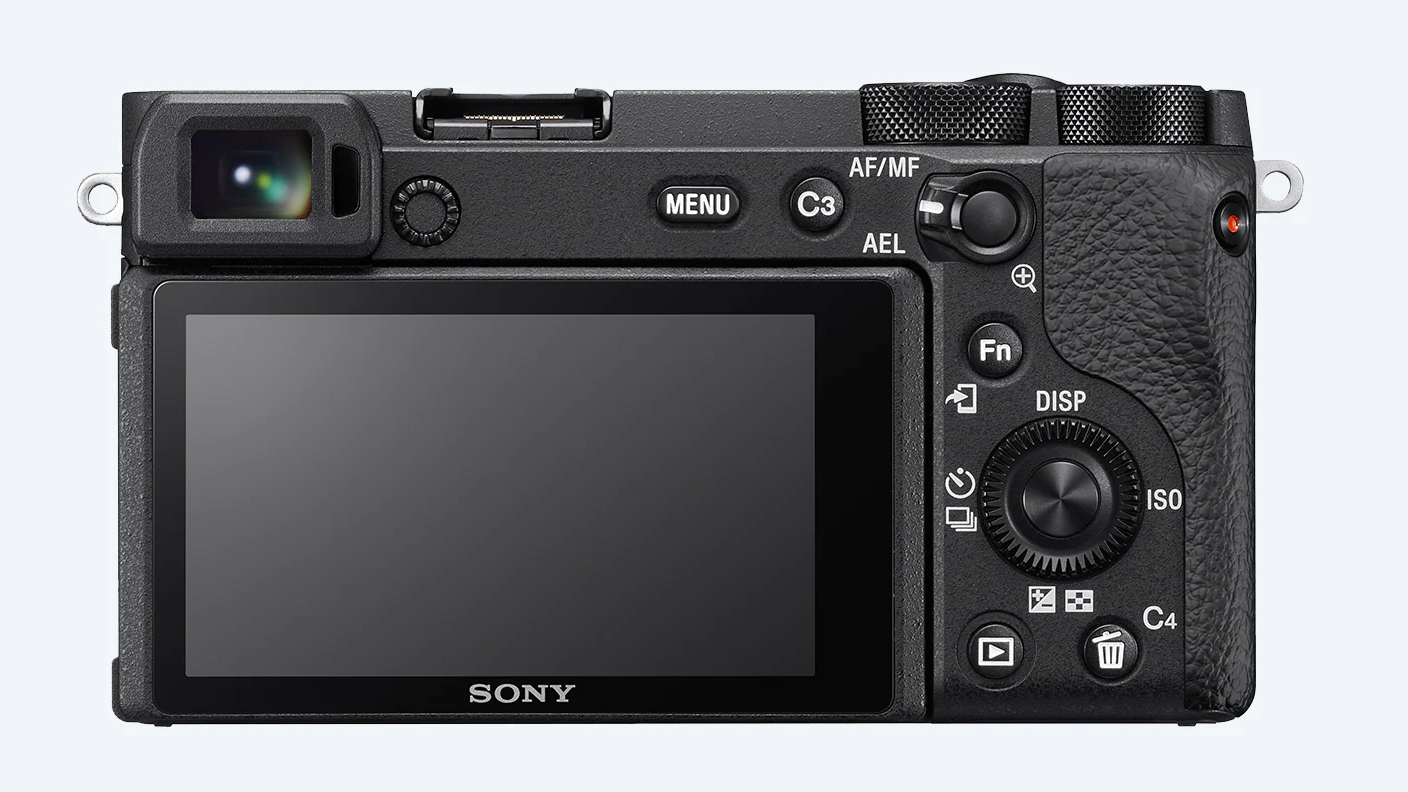
Sony A6600 Review: Features
Although the A6600’s body design arguably deserves better, the feature-set of the camera could be enough to forgive you its sins.
The 24.2MP sensor is the same as found in its predecessor, the a6400, so we shouldn’t expect too much in the way of surprises when it comes to image quality (see next section). One key benefit however is the addition of inbuilt image stabilisation, giving you the option to shoot at slower shutter speeds and lower ISOs than before.
If you’re the type of photographer who likes to shoot a wide variety of subjects, you’ve got lots of power here in a relatively small body. Action photographers will be tempted by the 11fps full-resolution burst speed, facilitated by the same Bionz X processor as found in the much more advanced A9. You can shoot at 8fps silently, which can come in handy in certain situations, too. It’s a bit of a let down that Sony has seen fit to equip the A6600 with just a single UHS-I SD card slot, meaning at times it can’t quite keep up with that speed performance.
Another benefit for action shooters is Eye AF, which also includes the ability to pick up animal eyes. This is incredibly useful for pet photographers, with wildlife photographers perhaps seeing less benefit unless they’re photographing cat- or dog-like animals.
Battery life is one of the key improvements when comparing the A6600 with the A6400. You now get 720-shots per charge - which is essentially a guideline figure, you may well get more with some careful power management.
In terms of video specifications, you get 4K video up to 30fps with full pixel readout and no pixel binning. Those with advanced needs might be disappointed not to have 60p recording, but this should be more than enough for most average vloggers and those creating the odd clip.
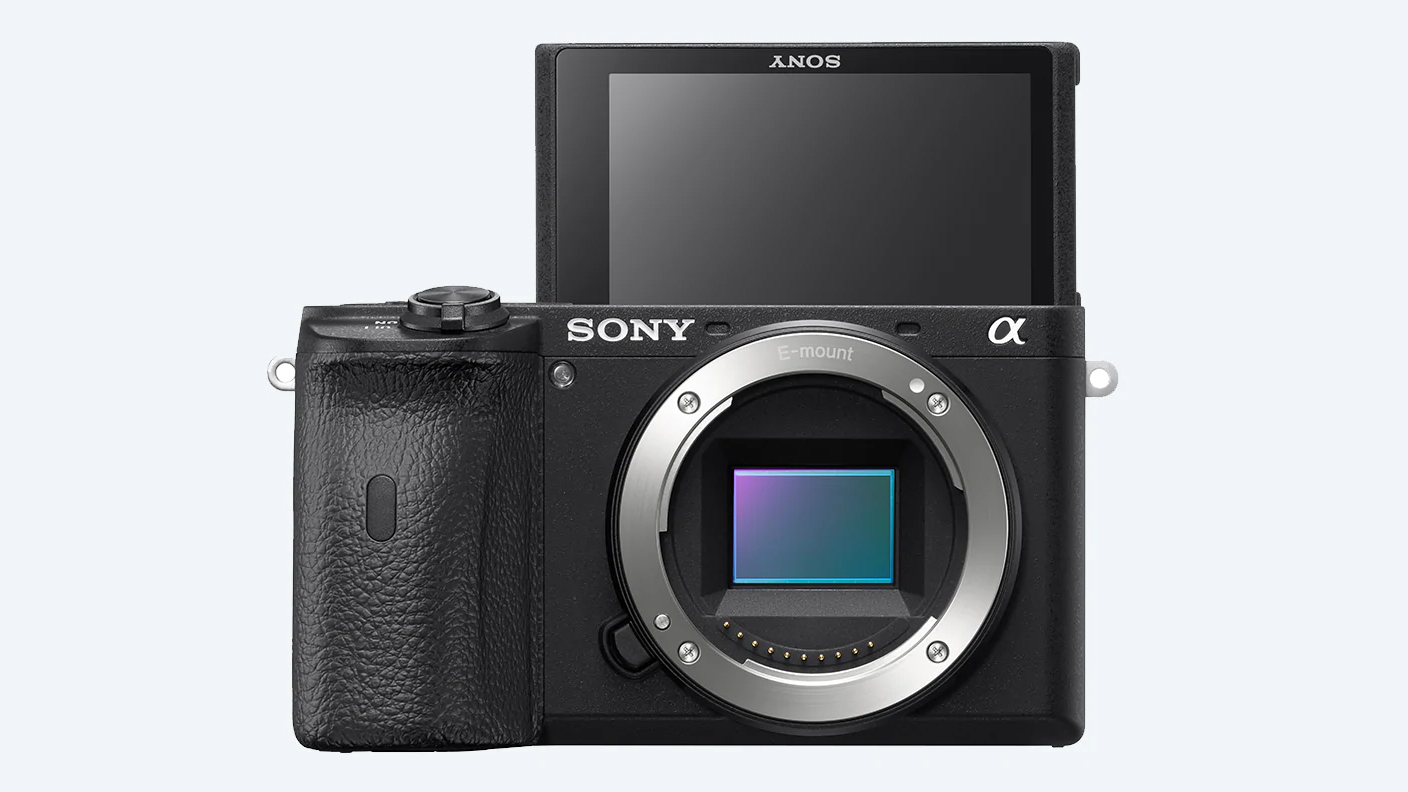
Sony A6600 Review: Performance
Focusing is - on the whole - fast and accurate, with Eye AF being particularly impressive. Animal Eye AF is very useful, but it’s a little annoying having to manually switch between human and animal eyes in the main menu, especially if you happen to be photographing both in quick succession. Those who like to photograph birds may also find the A6600 to be disappointing - generally it ignores those, but it does a god job with domestic pets, and those with a similar appearance (such as lions and so on).
It’s disappointing that the buffer for a camera like this is somewhat restrictive. If you shoot a long burst, you’ll see the camera having to stop and regroup before you can shoot again. After a while you get used to timing your bursts particularly well, though.
The sensor we had no doubts would perform well as we’ve seen it before in the a6400. As predicted, it does well across a number of different shooting scenarios. Detail is good, while colour is well-represented. Exposures are generally well-balanced, while shooting in low light puts in a good performance. Adding inbuilt image stabilisation has brought with it some notable improvements to an already good performer. The only criticism we have here is that 24 megapixels is starting to look a little on the low side, but it’s good enough for almost every shooting situation that the average enthusiast is going to find themselves in.
Sony A6600 Review: Image samples
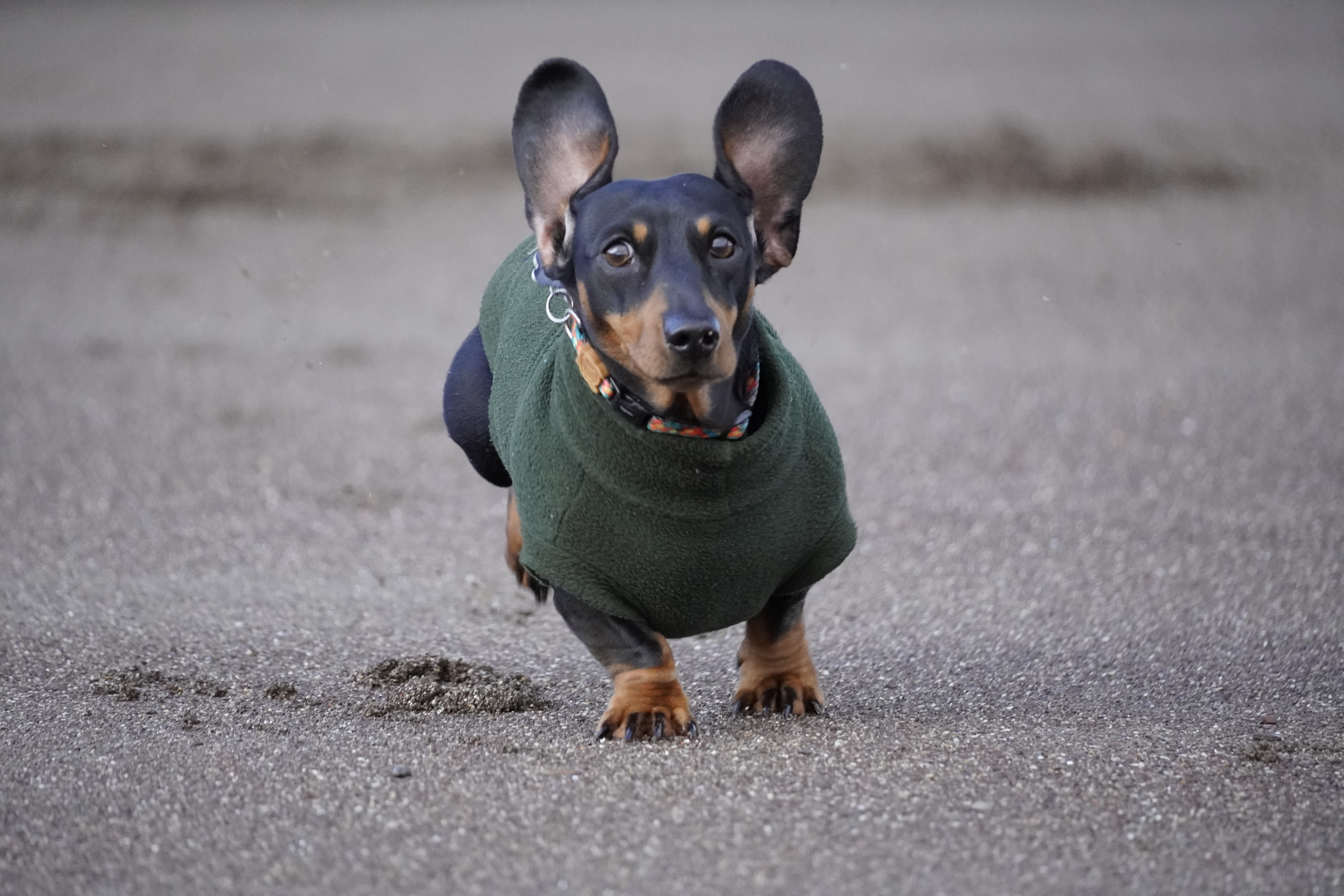

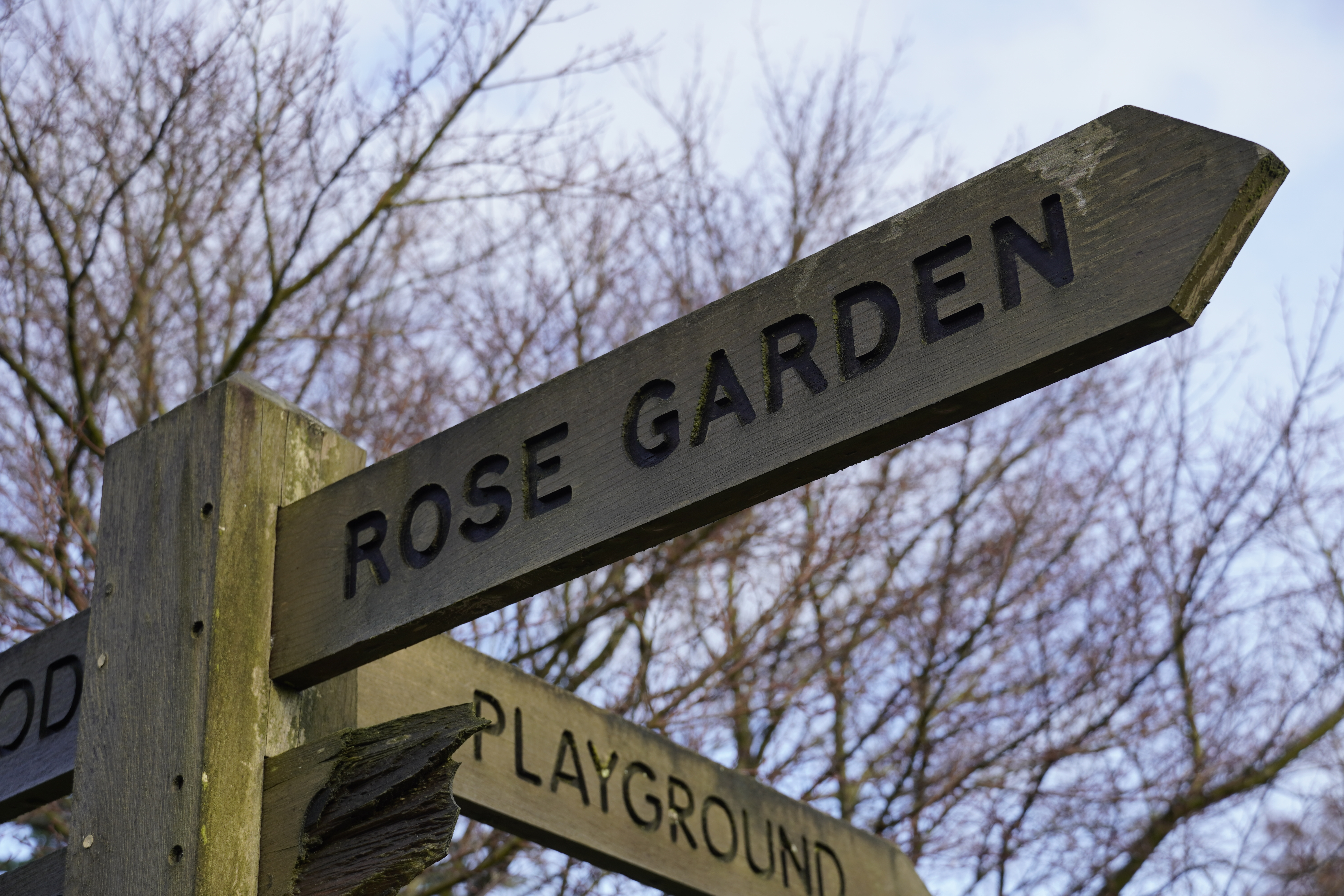



Sony A6600 Review: Verdict
Once again, Sony has proven that it is capable of producing well-specced, well-performing cameras that should hold lots of appeal to the enthusiast photographer.
It’s frustrating that for all those class-leading specs and high image quality, a decision has been made to put it inside a frustratingly designed body. With small buttons and slightly awkward handling, there are certainly nicer cameras on the market to use - such as the Fujifilm X-T30 to name but one.
It’s also a little disappointing that despite adding extra functionality, the camera is still a little hampered by things such as single UHS-I card slot.
Another thing to contemplate is whether you need the a6600, or whether you can save cash and go for the a6400 instead. With the former, you’re getting IBIS, a longer battery life, but otherwise it’s a nigh-on identical camera.
Overall, Sony’s a6600 is an impressive camera which has a lot going for it. If you’re OK with the design, you’ll be met with something which offers a lot for your money - and is especially useful for action photographers tempted in by the excellent focusing and fast frame-rate.
Liked this?
Amy Davies is a freelance journalist that covers cameras for T3 and many other sites. She is also Features Editor at Amateur Photographer magazine and, when she's not writing about cameras, she's probably taking pictures of her cute dog.
